The Rover P6 was the company’s bold attempt to break away from its traditional ‘Auntie’ image, with modern styling and engineering advances a clear shift from the P4 that dated back to 1949.
Rover wanted to ditch its reputation for somewhat staid, conservative cars, and reach out to a new audience with what would now be called a mass-market ‘executive car’.
We trace its development, birth and evolution over its 14-year life.
It’s fair to say that the Rover P6 was not developed in a hurry – and it was all the better for it.
With the ‘Auntie’ P4 already looking a little long in the tooth by the mid 1950s, and the upmarket 3-litre P5 ready for launch, attention turned to doing something completely different.
Starting with a clean sheet in 1956, engineers Peter Wilks, Spen King, and Gordon Bashford were determined to come up with something radical – something that would appeal to a younger generation than the typical Rover buyer at the time.
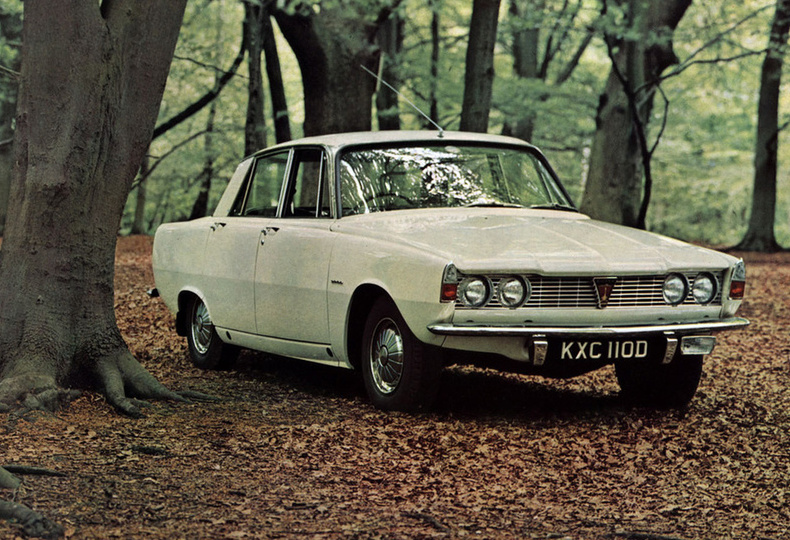
The company had its eye on a developing market, a car to sit between the 1.5-litre class (Wolseley 1500 and Ford Consul) and the 3-litre saloons like the Vauxhall Cresta and its own P5.
Influenced by the Citroen DS, Rover’s engineers opted for a rigid baseframe, bolted onto which were all the non-stressed external panels.
This would allow for any rusty or damaged panels to be easily replaced, and had the potential to make any future redesign a simple process. In the event, David Bache’s popular design was never remained virtually unchanged.
Rover P6 mechanicals and engine
As well as the change in build structure, Rover was working on two more radical departures for the marque in the 1950s and early ‘60s – a new suspension set up, and a ground-breaking gas turbine engine.
Dubbed the ‘round the corner’ system, the front suspension featured a bell crank which conveyed the vertical motion of the wheel to horizontal coil springs braced against the scuttle.
A single hydraulically damped arm was mounted to the bulkhead, thereby using the stiffest part of the vehicle to absorb suspension loads, with sliding tube de Dion suspension at the rear.
The design at the front was to allow as much width in the engine bay as possible, leaving room for Rover’s experimental gas turbine engine, which was first seen back in 1949 on the JET1 concept car.
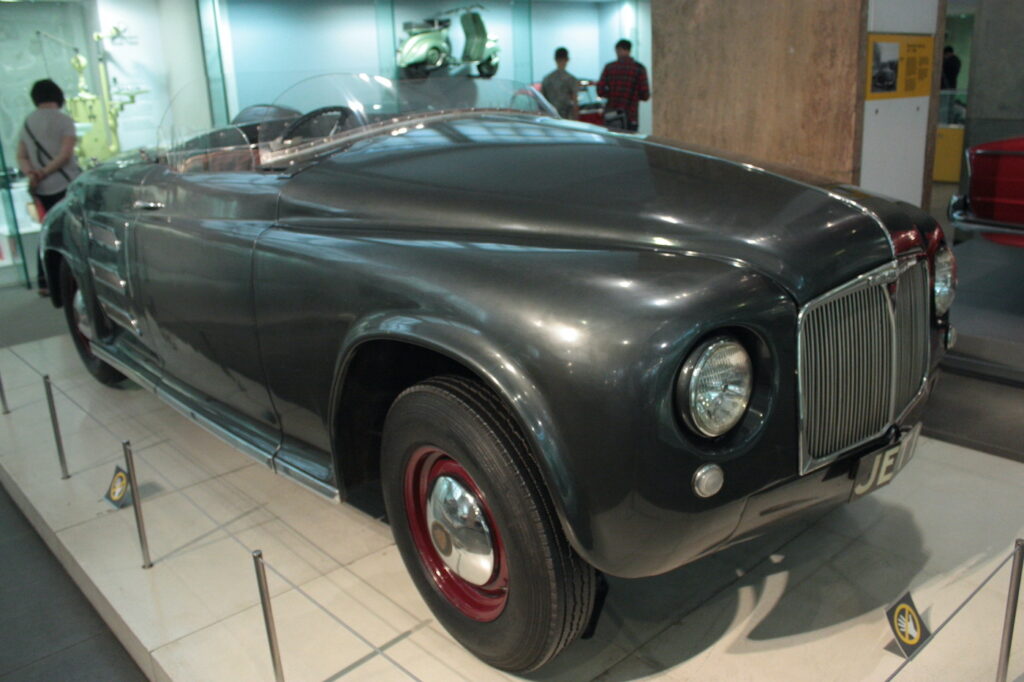
Its last appearance was in the T4 in 1961, the first time Bache’s outline design for the P6 was seen in public, and it never featured in a production car.
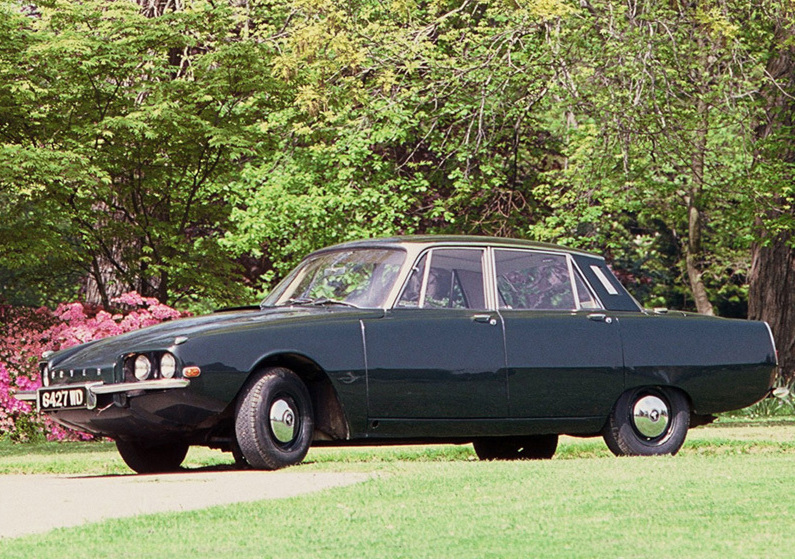
That wider engine bay would later come in useful, however, housing the modified GM 3.5-litre V8 from 1968.
The production model, named the Rover 2000, featured a more conventional petrol engine, but it was still an entirely new design, and unique to the car throughout its life.
The 1,978cc engine featured an overhead camshaft layout, and came to be known as the ‘Heron head’ unit because of its perfectly flat cylinder heads.
Its ‘square’ dimensions helped create a smooth, efficient and reliable drive, eminently suitable for Britain’s rapidly expanding motorway network.
Although the 2000 was deemed a replacement for the ageing P4, ‘Auntie’ soldiered on in production concurrently for a year or so.
Launch of the Rover 2000
Launched as the Rover 2000 on October 9, 1963, the new car helped to redefine the executive car market, along with the Triumph 2000 that launched just a week later.
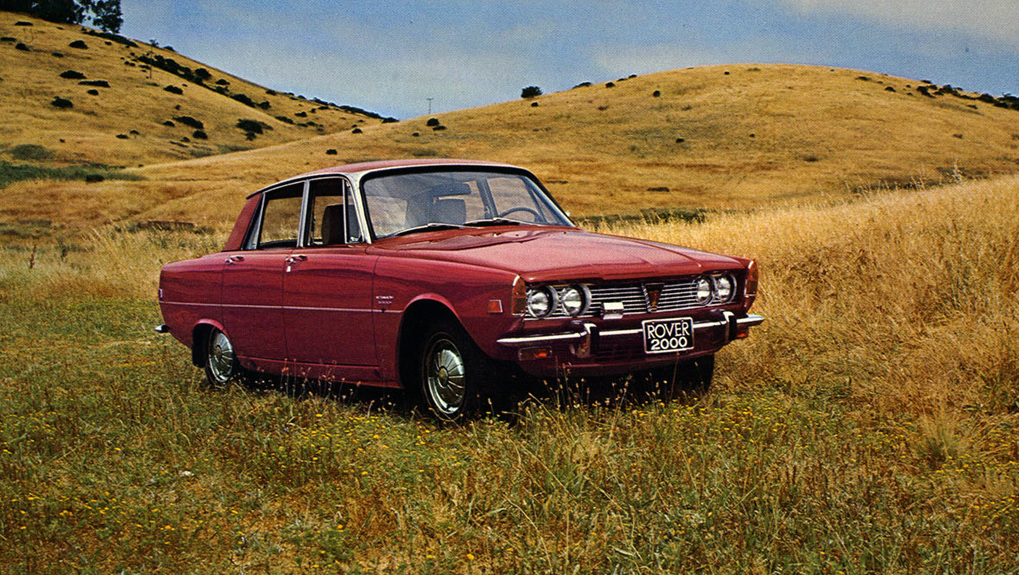
The market had previously been dominated by big 3-litre saloons, but here were two smaller cars with better fuel economy, cheaper, but with enough luxury and status to satisfy executive car buyers.
In one fell swoop, the car transformed Rover from its somewhat fuddy-duddy image into a trendsetting company at the forefront of British design and innovation.
Its extensive development period ensured that the car went into production as a mature product, free of the defects that bedevilled many new cars of the period.
The new Rover had also been in ‘pilot production’ since the start of ‘63, so orders could be fulfilled immediately after the official launch in October.
And the orders flooded in, with the new car an immediate success, partly helped by glowing reviews in the motoring press.
Autocar magazine described the P6 as “one of the outstanding cars of the decade”.
“The standard of construction and detail finish are remarkable for a car costing only £1,264 including tax,” it added.
“The quality of material, the practicality and neatness of design and high standard of finish of the interior generally reflect the utmost credit on the Rover company, and collectively they are surely the best of any car in this class.
“It is a true driver’s car that one would itch to take out of its garage at the least excuse.”
The Rover was named the first ever European Car of the Year for 1963.
An ambitious target of 550 cars a week was planned, a number achieved as early as 1964, with waiting lists soon building up at dealerships across the country.
The problem was not in selling enough cars, but making enough.
Drawbacks and industrial action
The only real complaints were of a slightly cramped interior, and of the new engine’s lack of refinement at higher revs, especially compared with the Triumph’s smoother six-cylinder unit.
Rover knew all about these misgivings, however, and fitted the P6 with a high top gear, perfect for relaxing high speed cruising.
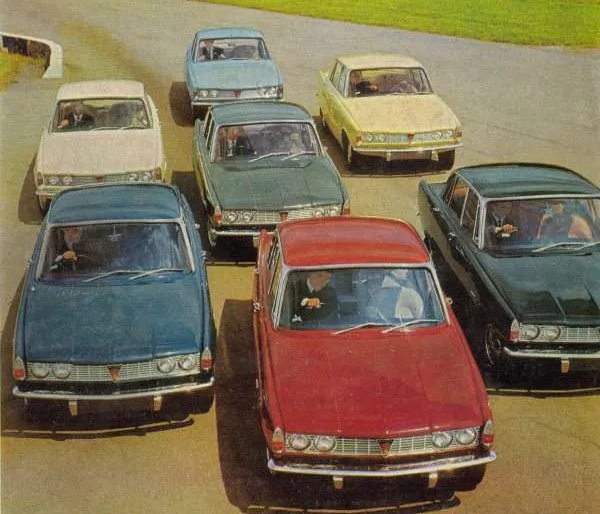
Another fly in the ointment was a series of industrial disputes from 1964 into 1965 that hampered Rover’s plans to increase production to cope with demand.
Indeed, there were 101 unofficial strikes at the company’s Solihull plant in the year up to the end of May 1965, and the problems continued into the following year.
In August 1966, Rover’s General Manager, called the strikes “a catastrophe for the company, the workers, and the country”.
“In heaven’s name, let us get on with the job. We need production now every hour of every week,” he went on.
Rover’s reputation started to suffer, especially overseas, as the company struggled to make cars quickly enough to fulfil orders.
But, with deflationary pressures imposed by the government hitting the car market, BMC switched workers from the Land Rover and P5 – which had suffered sales dips – to the P6, which was still thriving.
Introducing the Rover 2000TC
A new version of the engine, featuring twin SU carbs and a redesigned top end, was introduced in March 1966, principally for the American and continental European markets.
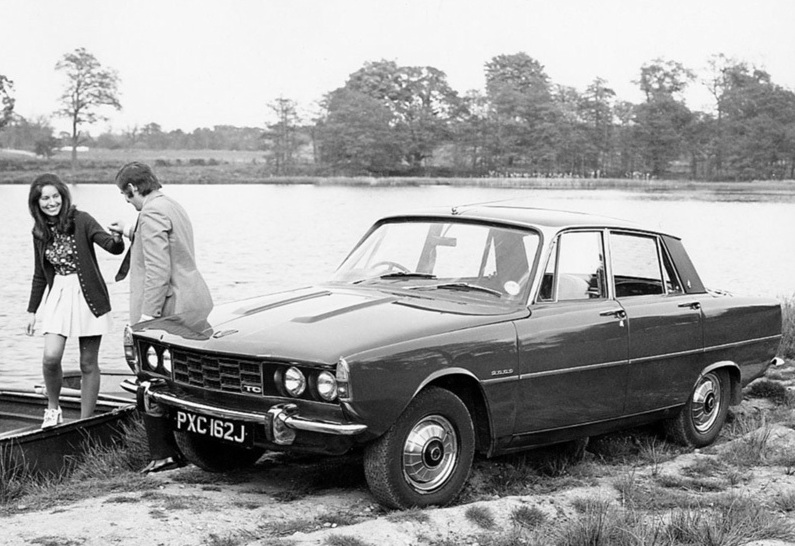
It gave an appreciable boost in power from 104bhp to 124bhp, and initially Rover’s bosses considered the extra power pointless on Britain’s roads given the new 70mph national speed limit.
The new top speed was up to 110mph – not that anyone could legally have done the previous top speed of just over 100mph either…
By October, however, a change of heart led to the car becoming available in the UK in time for the London Motor Show.
Later that year, Rover was subsumed within the Leyland Motor Corporation, which meant that the P6 would become stablemates with its main competition, the Triumph 2000.
Nonetheless, sales of the car remained strong, with summer figures a third up in 1967 over the previous year, and production running at capacity.
Four years after its launch, the P6 was more popular than ever.
Like our illustration of the Rover P6: a leap into the executive car future at the beginning of the article?
Download a free high-quality poster version here.
Rover V8 arrives
Big changes were afoot when Rover bought the manufacturing rights to General Motors’ all-alloy, 3.5-litre V8 engine from the Buick Special.
Much work was done to make it suitable for the British manufacturer’s products, and it was first seen in the 2000’s big brother, the P5, which became the P5B.
But its ability to fit into the P6’s big engine bay was a chief factor in buying the rights to the engine, and a new foundry built by Birmingham Aluminium Casting Company was able to produce the alloy cylinder blocks, heads and timing covers at a rate of 1,000 a week, enough to satisfy production for the P5B and the planned Rover 3500.
By spring of 1968, Leyland had merged with British Motor Holdings to become British Leyland Motor Corporation (BLMC), and the Rover 3500 was ready for launch.
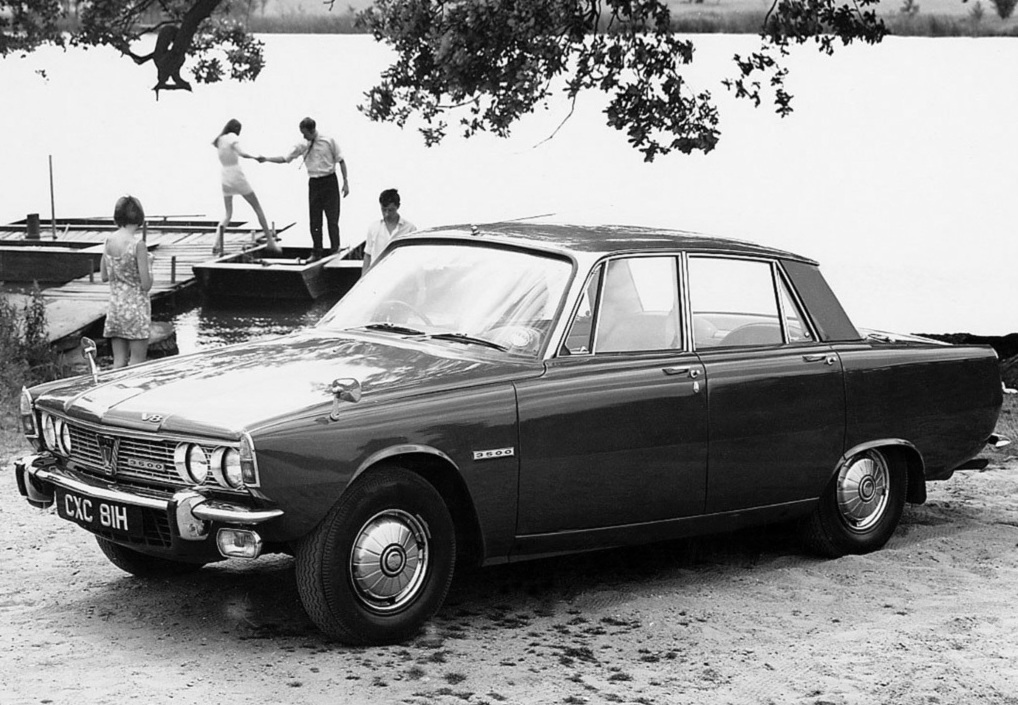
Other than a new badge, and some minor detail changes, the basic body remained the same, but the new engine transformed the car.
There was now 168bhp at 5,200rpm, and 0-60mph in 9.5 seconds, even though the car came only in automatic form via a Borg Warner 3-speed.
It was the fastest Rover yet with a top speed not far off 120mph.
Autocar described “as sweet and docile a machine as anyone could wish for”.
“In a clever combination of characteristics, Rover have made sure that the V8 takes none of the sales appeal of the 2000TC, which remains a much more eager car for the sporty driver,” the magazine said.
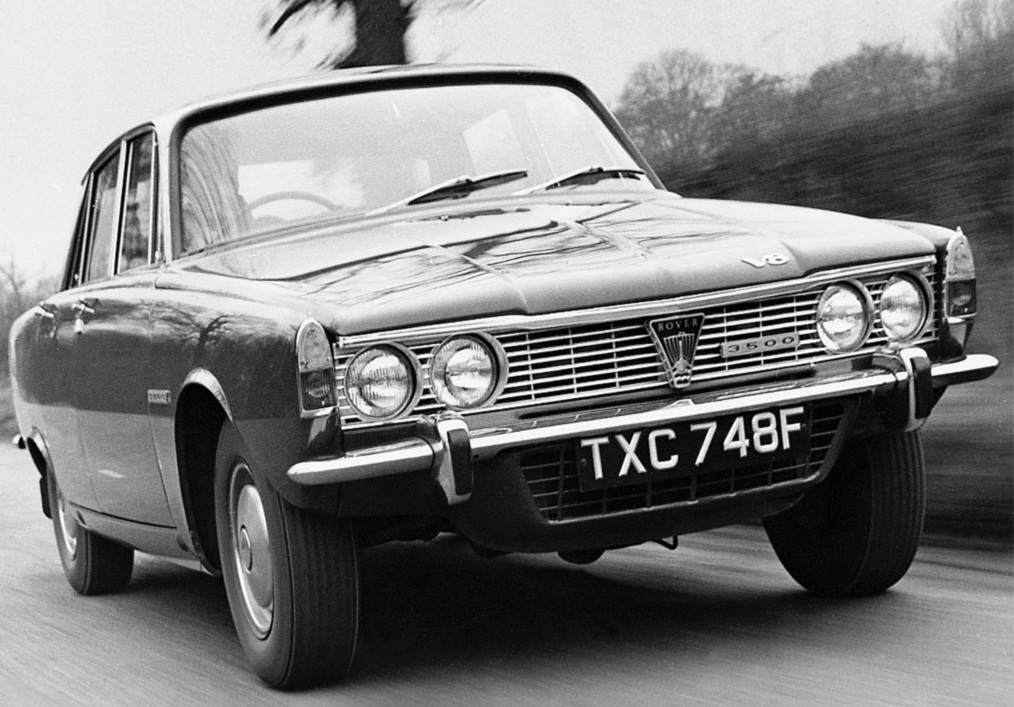
“A very pleasant car to drive and bound to find a whole new sector of owners among the motoring public. It will become a satisfying and compact gentleman’s carriage for the upper set, and provide a much refined step-up for those graduating from the ‘lower set’.”
Motor was also impressed, writing: “In almost every way this powerful Rover combines the best features of Transatlantic and Old World design with none of the drawbacks.”
Series II Rover P6
An updated version, called the mark II by Rover, was introduced for 1970, with an improved dashboard, and new exterior fixtures, including different rear lights and a plastic front air intake.
The V8 gained the option of power steering, and more importantly, a manual gearbox, in 3500S guise, a strengthened version of the standard 2000 unit.
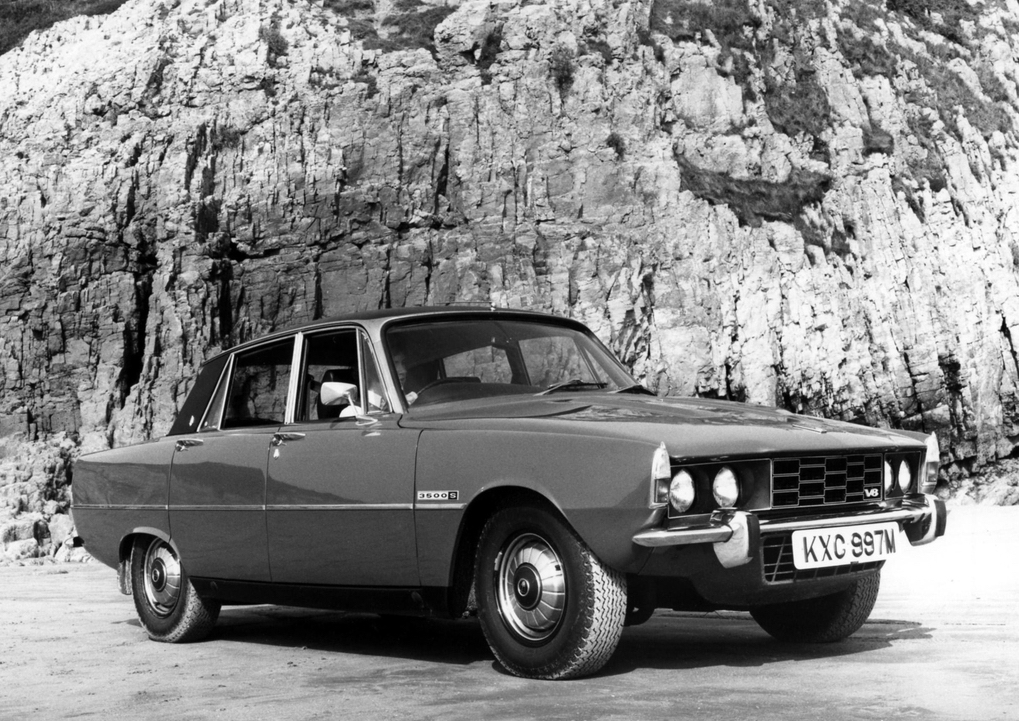
Many customers had longed for a manual option on the V8, and its introduction led to sales continuing to rise, remarkable for an eight-year-old car.
“Many potential customers marked it down as the car they would buy if only it had a manual transmission,” wrote Motor magazine in October 1971.
Autocar said that the results “surpass all expectations”.
“In this guise, the 3500 is more than a match for its competitors, both British and foreign,” it wrote. “Relieved of the sovereign influence of a torque converter, it has assumed a decidedly sporting character. Even so, it has lost none of its silky smoothness and delightful flexibility.
“Soundly constructed and beautifully finished. We can best sum it up by saying that we cannot think of a single car we would prefer at the price.”
Top speed was up to 122mph, and 60mph could now be reached in just 9.1 seconds.
The Solihull plant continued to be beset by industrial action through the mid-70s, however, and build quality sometimes suffered – but the same was true of all cars built under the BL banner at the time.
The final curtain beckons
There was one last major change to the P6 range, an upgrade in capacity for the base model from 1,978cc to 2,205cc, though this was largely to help meet US and European exhaust emission regulations
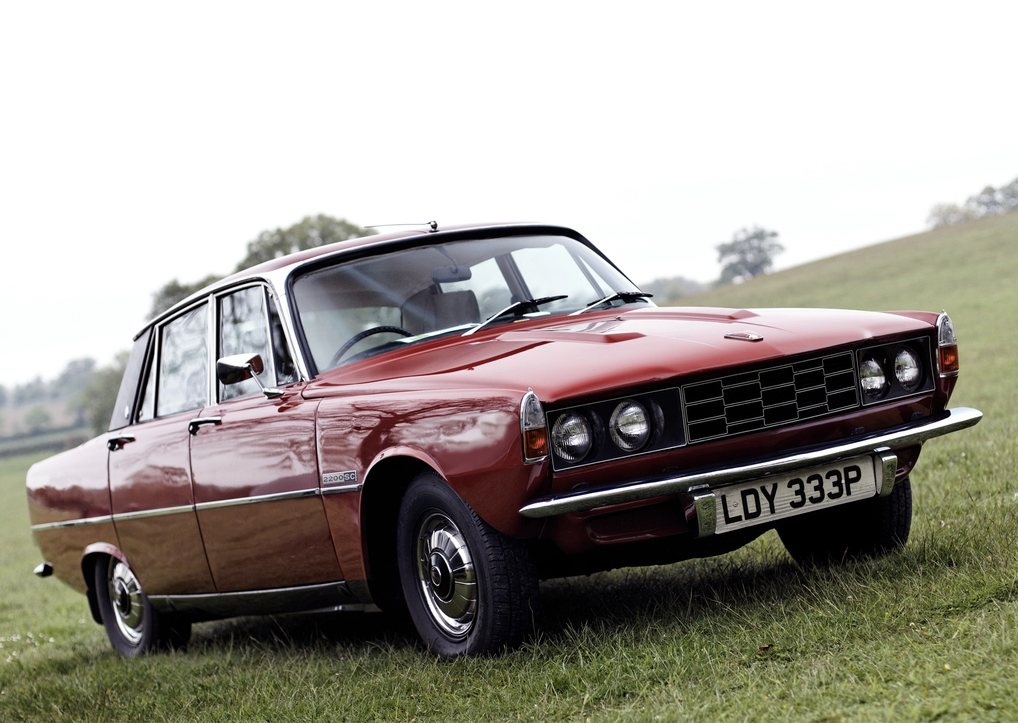
The car was offered in SC (single carb) or TC (twin carb) guise, with the emphasis on mid-range driveability rather than outright power, which was actually down slightly on the outgoing 2000 model, but improved torque more than made up for it in performance.
Despite its increasing age, the Rover P6 still had a waiting list, and was still garnering good reviews in the motoring press.
What Car? said the car still looked “dignified and pleasant”, while CAR magazine remained a great fast cruiser.
The new Solihull plant, built specifically to produce the model at a cost of around £10m, had more than proved worthwhile.
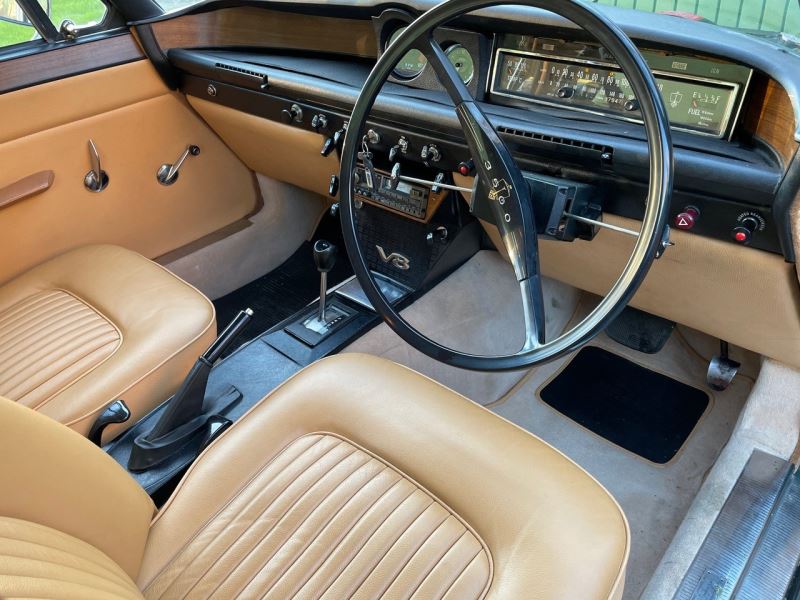
By the time the P6 bowed out, a year after its replacement, the SD1, had been launched in 1976, it had sold more than 320,000 units.
It was an unqualified success, and the first true V8-powered executive express.
Rover – as part of the BL – was now state-owned, and there was hope for a bright future for the British car industry…






